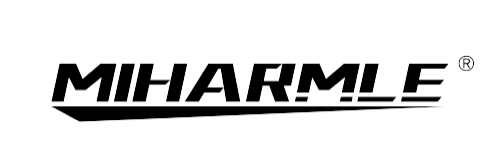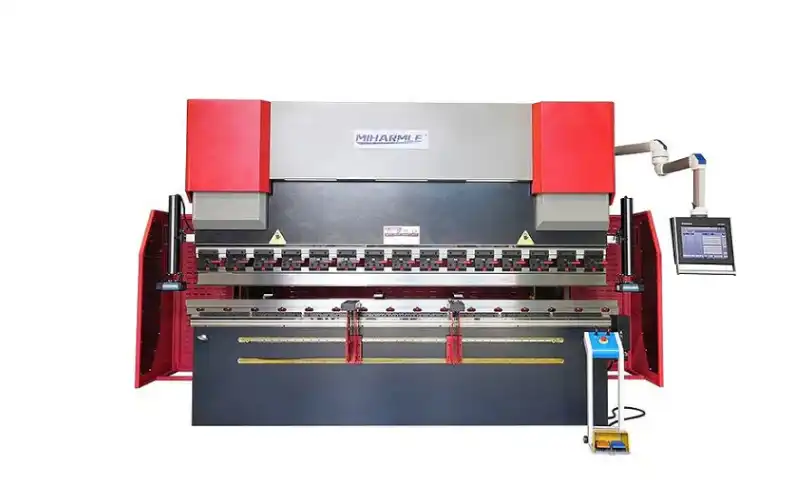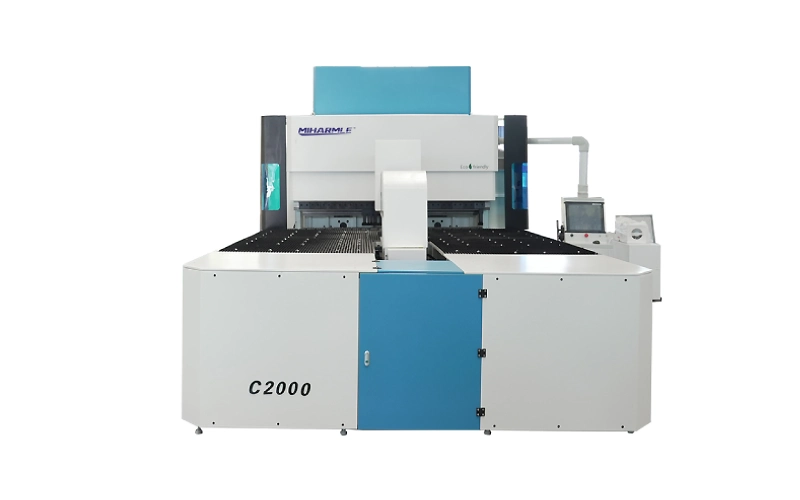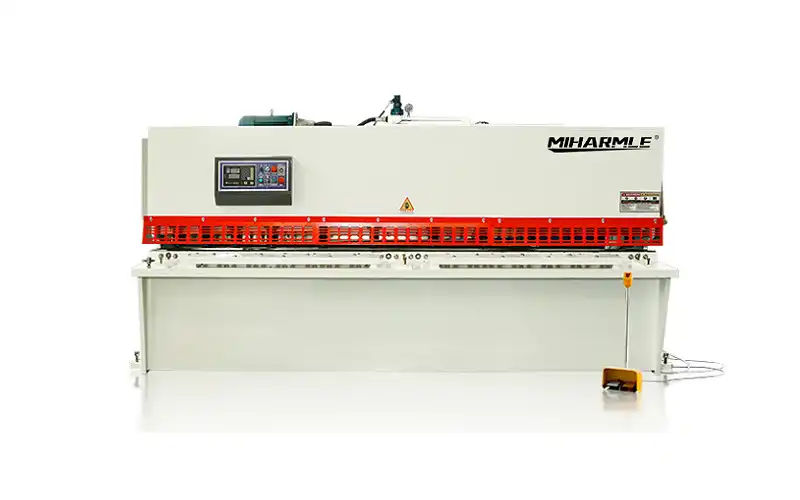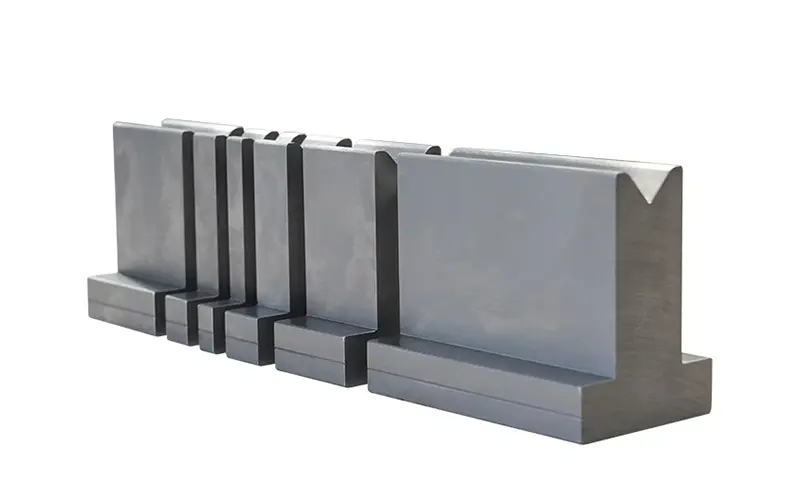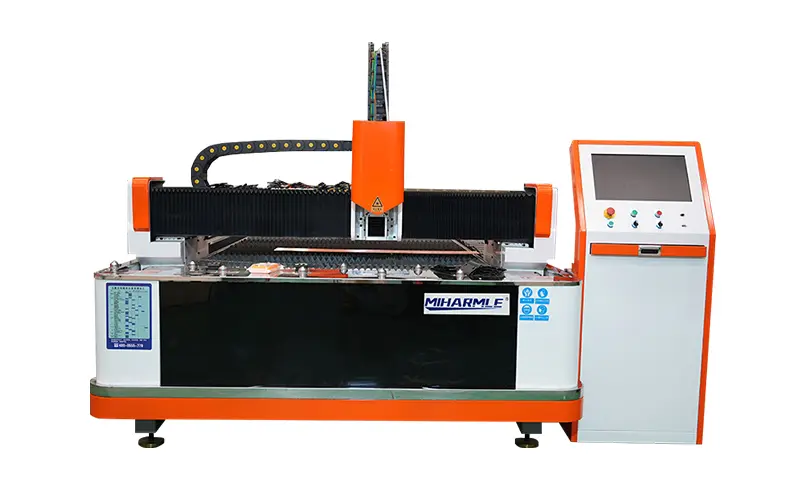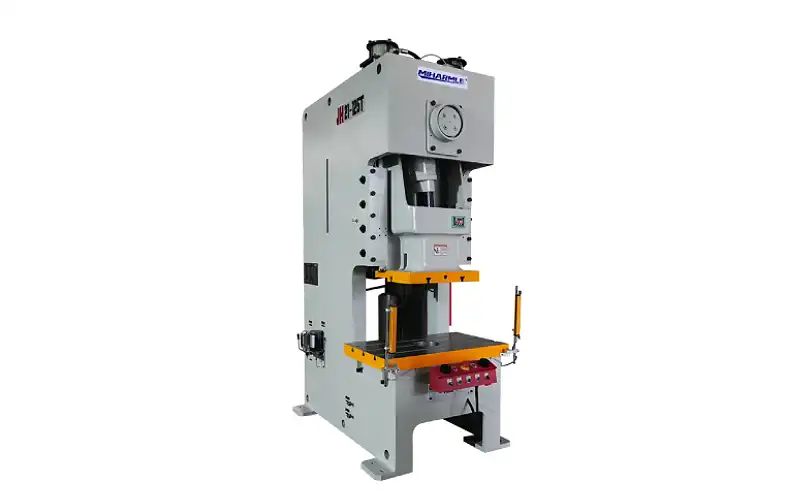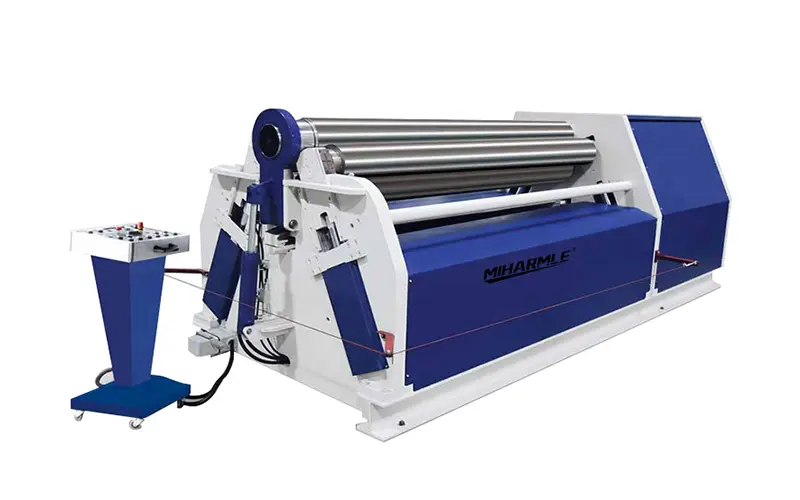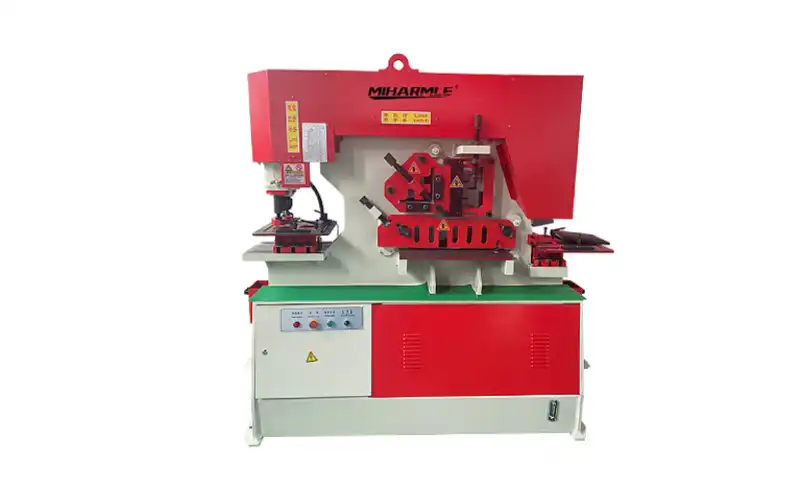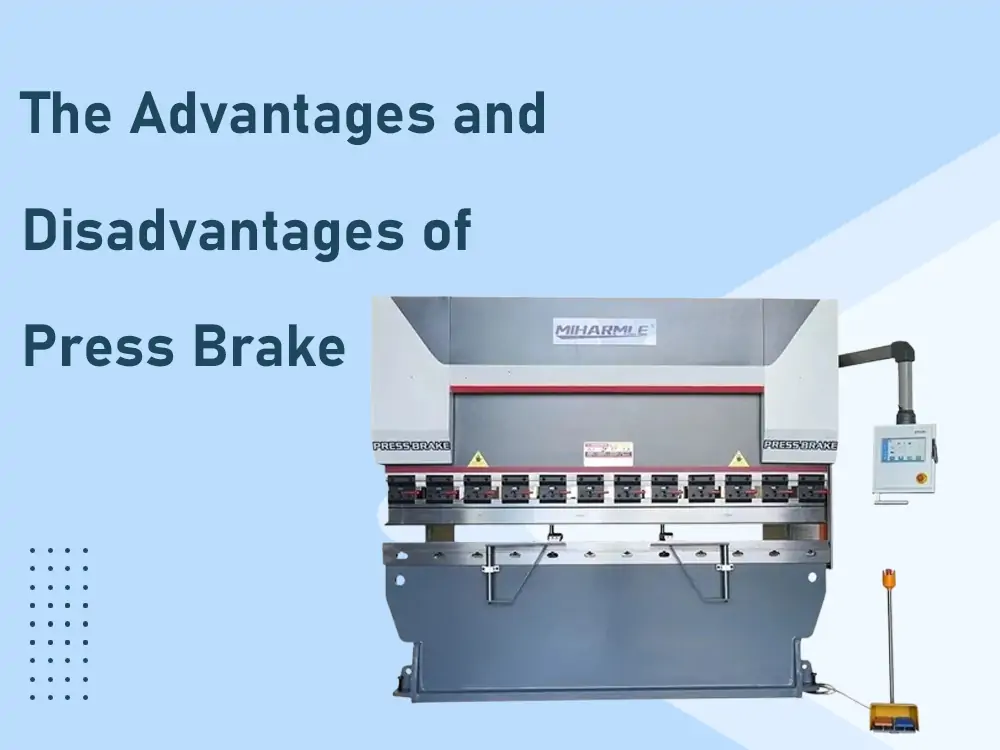
Press brakes are crucial in metal fabrication. They bend and shape sheet metal with a high level of precision and accuracy, producing complex shapes.
Press brakes are available in different models. Every option offers something unique for different manufacturing situations. They assist in many industries, including automotive and construction.
Yet, as with all manufacturing machines, press brakes have their own pros and cons. Companies should consider these before spending on them. It will be crucial when making a wise decision. Let’s get into the details.
Advantages of press brakes
Precise and Accurate
Bending metal with press brakes ensures very precise results. They allow for precise bends and decrease the requirement for redoing work. CNC controls guarantee that each bend is made just as the program designed it. Being accurate is very important for the aerospace and electronics industries.
Higher Production Efficiency
Today’s press brakes increase the speed of production. Their bends are accurate and require less downtime overall. Adjustments take less time for operators. When this happens, both the cycle times and the productivity levels go up. A quick setup and programmable options make things more efficient.
Material Versatility
Brake press handles a variety of materials. They produce products from mild steel, stainless steel and aluminum alloys. Titanium, a very tough metal, can still be bent. Therefore, no additional equipment is necessary.
Ability to Bend Complex Parts
Press brakes are capable of more than just making simple bends. They are capable of bending metal to form various shapes and curves. This specifically helps when producing advanced components for various industries.
Less Workforce Needed
These machines are simple to use. Because of user-friendly controls and automation, you need to do less work manually. Since one operator can run several machines, less labor is required.
Improved Safety Functions
Safety features are an important part of today’s press brakes. Laser sensors and light curtains protect operators, and dual-hand controls ensure the safety of the user’s hands, making the workplace safer.
Cost Effectiveness
Investing in press brakes will have long-term payoffs. Because they are precise, less material is wasted. Reduced labor requirements help to keep expenses low. Energy-saving models help you spend less on utilities. Taking care of these machines is more economical than with other heavy equipment.
Tooling Flexibility
You can find many different dies and punches in press brakes. With quick-change systems, you can change what you are doing quickly. As a result, they are perfect for different jobs and flexible production requirements.
Limited Material Waste
When bending is done accurately, you use less material. The majority of components are built to the right standards on their initial attempt. It is more environmentally friendly because less material and time are used.
Easy to Use and Control
Press brakes, specifically CNC models, require little technical skill to operate. Throughout the process, every operator has access to touch screens and guides. You can program effortlessly, either on the machine or offline.
Easy Setup and Fast Changeover
It only takes a short time to set up for a new project using modern press brakes. CNC machines allow you to save your settings for repeated use. With back gauges that can be programmed and quick-change tools, machines are set up more quickly. This makes it easier for shops where products are updated often.
Disadvantages of press brakes
Press brakes offer significant benefits in metal fabrication, but they also come with notable disadvantages. These limitations can impact productivity, costs, and operational flexibility.
High Initial Investment Costs
Press brakes, especially CNC models, are expensive. Their maintenance, specialized training, and other equipment used with them add to the price. Furthermore, large machines use more power, which also increases the expenses. For small businesses, this can be a big financial challenge.
Regular Upkeep Costs
Regular maintenance for these machines includes both inspections and changing parts. Technicians with experience are usually required to fix problems. Problems with equipment can slow or stop production.
Material Limitations
Press brakes don’t work well with very thick or very thin metals. It is difficult to process thick plates measuring more than 50mm, and the thin sheets could become misshapen. As a result, the project choices are restricted, and additional equipment may be needed.
Requirements for an Expert Operator
Using a press brake is not easy and requires training. CNC models require a high level of programming knowledge, and hiring and training capable operators is not always easy.
Spring-back Issues
After being bent, metals may want to go back to their original shape. As a result, the accuracy may decrease and more adjustments or work on the machine may be needed.
Length Restrictions
Using a standard press brake limits you to bending parts that are no longer than 10-12 feet. Machines that work with longer parts are more expensive.
Tolerance Limitations
It is difficult for press brakes to handle very precise tolerances. Electric models provide better accuracy than manual models. Some jobs require different, more accurate instruments.
Space and Environment Needs
When using large press brakes, there must be plenty of room in a workshop and safety areas. They make a lot of noise and produce vibrations, so you should wear safety equipment. A poorly designed facility can create problems with work and safety.
Comparing Different Types of Press Brakes
Hydraulic Press Brake
Hydraulic press brakes depend on hydraulic cylinders to bend metal sheets. Its popularity in workshops comes from its strong and flexible features. It can work smoothly on tough and thick materials. This type is safer, and quieter compared to older mechanical models. Still, it requires regular upkeep. Hydraulic fluid may leak and should be monitored. All in all, it works well for most medium-sized and large jobs.
| Advantages | Disadvantages |
|---|---|
| Can handle thick and heavy materials | Higher maintenance due to hydraulic systems |
| Smooth and consistent bending force | Slower than mechanical models |
| Safer and quieter than mechanical types | Hydraulic fluid can leak or require replacement |
| Adjustable stroke and pressure | Uses more energy than some newer types |
Mechanical Press Brake
The energy needed for bending metal in a mechanical press brake is stored and released through a flywheel system. While the elctric motor operates the flywheel. People used it widely before hydraulic models were introduced. They are important in mass production because they work efficiently and consistently. They depend on both good timing and experienced operation. A lot of shops use these older tools even now.
| Advantages | Disadvantages |
|---|---|
| Fast operation and cycle times | Fixed stroke length limits flexibility |
| Simple design, easy to repair | Not ideal for thick or hard materials |
| Good for high-volume, repetitive jobs | Less safe due to moving parts |
| Lower upfront cost |
Electric Press Brake
The electric motors in an electric press brake move the ram to bend metal sheets. It does not need hydraulic fluid or compressed air to operate. The machine’s actions are directed by detailed electronic control. Shops that require precise and repeated bends usually use electric press brakes. A lot of these models use touch-screen controls. This press brake is being used more often in current manufacturing settings.
| Advantages | Disadvantages |
| High energy efficiency | Higher initial cost |
| Very precise and consistent bends | Repairs can be costly if electronics fail |
| Low maintenance needs | Limited tonnage, not for very thick materials |
| Fast setup and operation |
CNC Press Brake
A CNC press brake relies on computers to control the bending of metal. The operators input the bending program onto a digital interface. After that, the machine carries out each bend according to the instructions. As its name, CNC, Computer Numerical Control, suggests, this technology makes it possible to carry out the same operation with great accuracy and repetition. These machines are useful where complex or custom metal parts are required. CNC models frequently have touch screens and sensors.
| Advantages | Disadvantages |
|---|---|
| Very high precision and repeatability | Highest upfront cost |
| Easy to program for complex parts | Requires skilled operators and programmers |
| Fast changeover between jobs | Maintenance and repairs can be complex |
| Best for customized parts manufacturing | More sensitive to power and software issues |
| Reduces operator error |
Pneumatic Press Brake
Compressed air in the pneumatic press brake drives the ram and bends metal sheets. This machine is usually chosen for making lighter and thinner items. The power it produces is based on the air pressure used. Most workshops and places requiring simple tasks rely on pneumatic press brakes. Most of these devices are built with a simple structure and fewer moving parts. The bending force can be controlled by changing the pressure applied by operators.
| Advantages | Disadvantages |
| More sensitive to power and software issues | Limited force, not for thick or hard materials |
| Easy maintenance | Not suitable for heavy-duty or large-scale jobs |
| Good for thin materials and small parts | Air compressors add to noise and maintenance |
| Fast cycle times |
Servo-Electric Press Brake
A servo-electric press brake bends metal using servo motors and ball screws. The machine moves according to precise electronic commands. This type is mostly used in advanced manufacturing. Servo-electric press brakes are very accurate.
| Advantages | Disadvantages |
|---|---|
| Extremely precise and repeatable | High purchase cost |
| Very energy efficient | Limited to lighter materials and smaller jobs |
| Low maintenance | Not suitable for heavy industrial work |
| Fast and accurate setup | Repairs can be expensive |
How To Choose The Right One?
Major press brake options depend mainly on project requirements and your budget. Some points to consider are:
- The first factor to notice is the material’s type and thickness when bending it.
- Look at the machine’s tonnage- maximum bend force and the highest length it supports.
- Consider how important it is to get precise results and accurate bends.
- How fast you produce pieces and how often you replace your tools are both very important.
- Consider your workshop’s size and your team’s skills when deciding on a press brake type.
All these points will eventually lead to the best choice that will help elevate your business. Manufacturing experts at companies like MIRHAMLE can assist you in choosing the best press brake options based on your needs.
Who benefits from press brakes?
Many different industries and professionals depend on press brakes. Automotive, aerospace, construction, and electronics companies use them to create accurate metal parts. Both small and large runs of sheet metal are finished with press brakes at metal fabrication shops. Other areas, such as HVAC and furniture, depend on these machines for framing, paneling, and enclosures. Press brakes are also useful for artists and sign makers who make metal works. They enable users to make things faster than before, using less material and forming more detailed designs. Press brakes can help anyone looking for accurate and efficient metal bending.
FAQs
What is a press brake? What is it mainly used for?
A press brake is designed to bend sheet metal and metal plates. It involves pressing the workpiece between a punch and a die to give it the desired bends. Press brakes are mainly employed to bend metal sheets into various shapes and angles. Automotive, aerospace, construction, and electronics are important for creating brackets, panels, and enclosures.
What skills are required to operate a press brake?
Neccessary requirments include technical and soft skills. Among technical skills are knowing about machine parts, hydraulic and electrical systems and adjusting the settings for correct bending. Excellent communication skills, teamwork and attention to detail, problem-solving are all considered soft skills. You can get certified by organizations like NIMS. This can help you learn new skills and show employers what you are capable of..
What materials can a press brake process?
Press brakes can work with different metals, including carbon steel– cold-rolled and hot-rolled, sheet metal and stainless steel. Also, it handles brass and aluminum well, too. The machine is most effective when used with ductile materials that do not break when shaped. The way a material behaves in spring-back and bending is affected by its yield strength, ductility and hardness. Certain types of material may call for particular tools and settings.
What are the advantages of a press brake over a press machine?
Press brakes allow metal bending with greater precision and accuracy than other tools. Energy efficiency is greater with servo-electric models which helps to reduce the costs of using these robots. The reason press brakes are less labor-intensive is that they are simple to use and can be automated. The tooling can be used for a long time and produces the same reliable results.
How do you get more information or assistance on press brakes?
You can seek help from press brake manufacturers and suppliers like MIHARMLE, who supply the necessary details and assistance. The Fabricators and Manufacturers Association International (FMA) provides training courses and webinars for its members. NIMS offers both certifications and educational resources for those in metalworking. Most manufacturers provide technical help, educational courses, and detailed product instructions.
